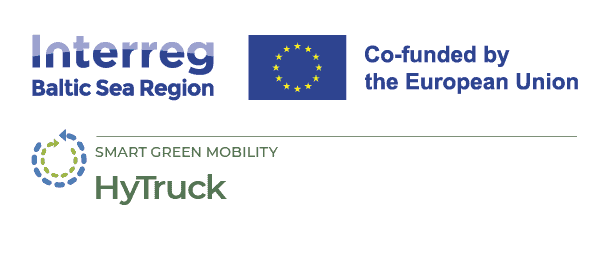
Risk assessment, sensor technologies and knowledge key to mitigate risks of hydrogen
16 May 2024
Oliver Bornholdt started by introducing Dräger and its market focus, which is split between medical and safety sectors, with the latter rapidly expanding. He emphasized the critical role of hydrogen in industrial decarbonization and heavy-duty truck mobility. Bornholdt discussed how Dräger links its projects and production planning to concrete operational stages.
Hydrogen, Bornholdt explained, has unique properties that pose specific safety challenges. It has a density 14 times lower than air, making it a concern for both indoor and outdoor applications. Its molecular size is the smallest, which makes containment challenging. Hydrogen’s ignition energy is 15 times lower than methane, and hydrogen-air mixtures can ignite with very low energy input. The flammability limit of hydrogen ranges from 4% to 75% by volume in air, with a burning velocity significantly higher than gasoline and methane.
Bornholdt shared statistics from the EIGA database, which recorded 208 hydrogen-related accidents since 1976, with 21 incidents in the last decade. The primary causes of these incidents include valve malfunctions (20%) and leaking connections (over 15%). Most incidents occur due to operational (over 25%), procedural (over 20%), design (over 20%), and planning errors (over 10%), indicating that the majority are related to human factors.
From an insurance perspective, Bornholdt mentioned FM Global’s data sheets on property loss prevention, which include dedicated chapters on hydrogen. He highlighted the importance of adhering to mandatory local and national codes and standards to ensure compliance. Key standards include ISO/TS 19880-1:2016 for gas detection systems and ISO/TC 197 for hydrogen technologies. Non-compliance can result in legal exposure or even facility shutdowns.
Fire safety and detection were also covered, with the International Fire Code (IFC) cited as a critical resource for fire prevention and protection. The IFC establishes minimum requirements for fire safety and includes consequences and fines for non-compliance. Various ISO standards applicable to hydrogen detection and safety were discussed, including ISO 26142, which sets accuracy requirements for hydrogen detection systems.
Bornholdt stressed the importance of risk assessment in HRS planning and operation, particularly the selection and placement of sensors. He described several types of sensors used in hydrogen detection: ultrasonic detectors that use microphones to detect specific sounds, catalytic bead sensors for controlled areas, and multi-IR flame detectors for detecting invisible hydrogen flames, especially in high-pressure areas of refueling stations. He recommended a safety net incorporating multiple technologies to ensure comprehensive coverage.
In conclusion, the briefing underscored the critical nature of hydrogen safety and the necessity of adhering to stringent regulations and standards. Effective planning and risk assessment, supported by advanced sensor technologies and compliance with international safety codes, are essential to mitigate the risks associated with hydrogen fuel.





